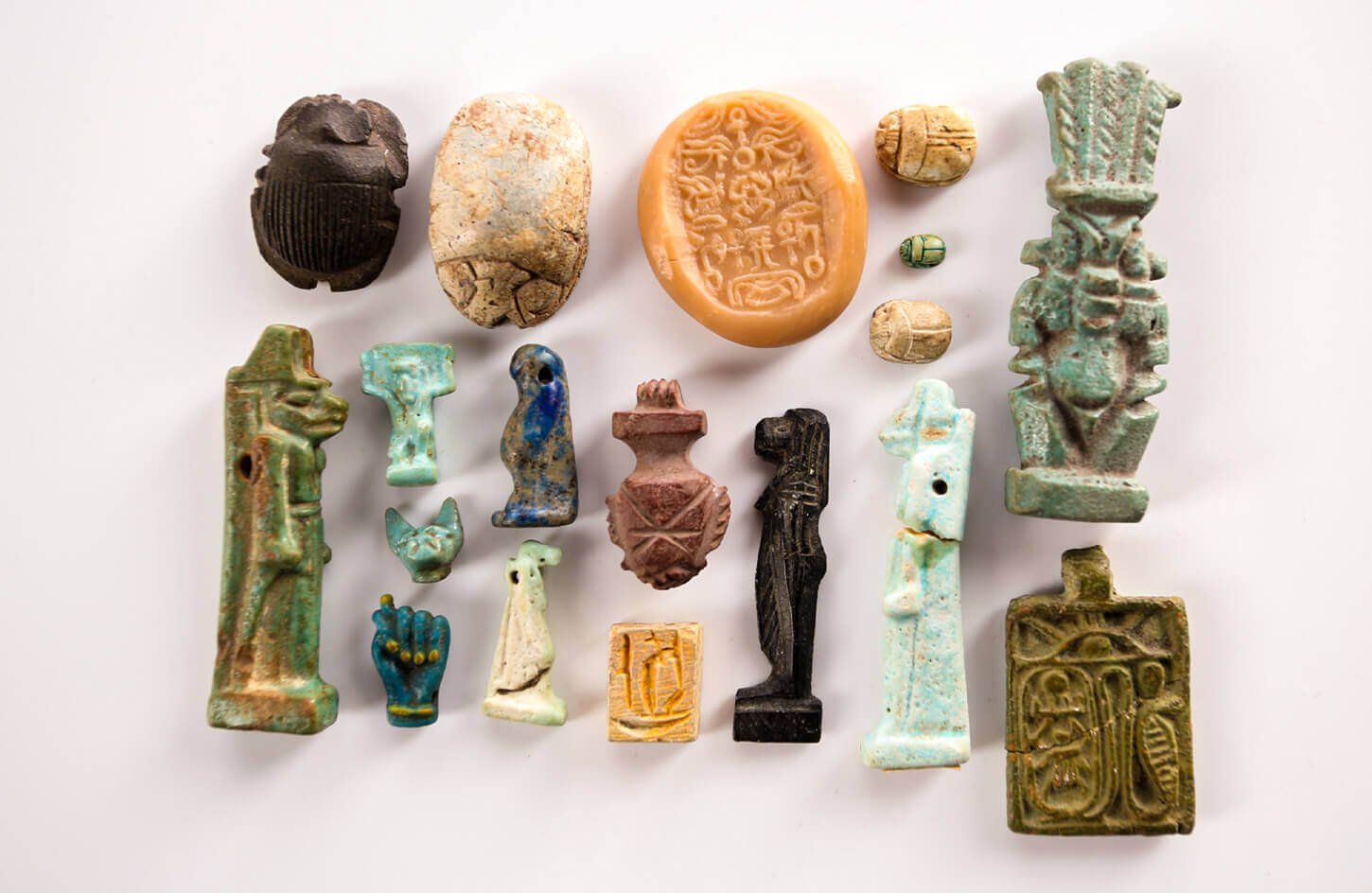
Imagine standing in Cairo’s Khan El Khalili bazaar. The air is filled with cardamom and sandalwood. A vendor hands you a sheet of papyrus. “This is real,” they say—but how do you know?
That moment, my first time shopping in Egypt, I realized souvenirs are more than trinkets. They connect us to thousands of years of stories. These stories are waiting to be discovered.
Picture this: Your fingers touch a kilim’s woolen weave, still warm from the sun. A goldsmith shows you a cartouche necklace, its hieroglyphs echoing pharaonic tombs. These aren’t just random buys—they’re pieces of a culture that turned simple things into luxury.
But how do you know what’s timeless and what’s just for tourists?
As someone who’s haggled in Luxor’s spice stalls and held alabaster vases that glow like moonlight, I’ve learned the secrets. I’ve found Egyptian Souvenirs that feel like they’ve been plucked straight from history. This guide isn’t just tips—it’s a passport to authenticity. Ready to find mementos that whisper tales of the Nile, not just fill suitcases?
Imagine holding a piece of history, like the alabaster candle holder in my home. Unique Egyptian gifts are more than trinkets. They are treasures that connect ancient skills with today’s love for travel. Each handwoven textile, from Nubian pottery to kilims, tells stories of long-kept traditions.
In Luxor’s markets, I felt the rich history of every item. The smell of saffron and the colors of papyrus scrolls are unforgettable. These items are not just souvenirs; they are a bridge to ancient Egypt, made by skilled artisans.
Egyptian treasures stand out from common souvenirs. A gold cartouche, a painted spice jar, or genuine papyrus from Giza’s Papyrus Institute last long. They spark interest in Egypt’s art and culture. Even small items, like a sphinx figurine or embroidered fabric, carry deep cultural meaning.
Buying a unique Egyptian gift is a journey. It’s not just an object; it’s a piece of Egypt’s history. These items remind me of desert sunsets and market adventures, blending memories of place and craft.
Looking for Egyptian keepsakes that tell a story? Start with these 10 treasures that blend tradition and practicality. Egyptian cotton towels or hand-rolled papyrus art make perfect reminders of your journey. My favorite? A leather crossbody bag still in use five years later—proof of quality craftsmanship.
Shopping smart means checking certifications and asking artisans about techniques. Government-run museum stores offer guaranteed authenticity, while local markets demand sharper negotiation skills. These Egyptian keepsakes aren’t just souvenirs—they’re tangible pieces of a 5,000-year-old culture waiting to become part of your daily life. Carry home authentic Egyptian mementos that spark conversations for years to come.
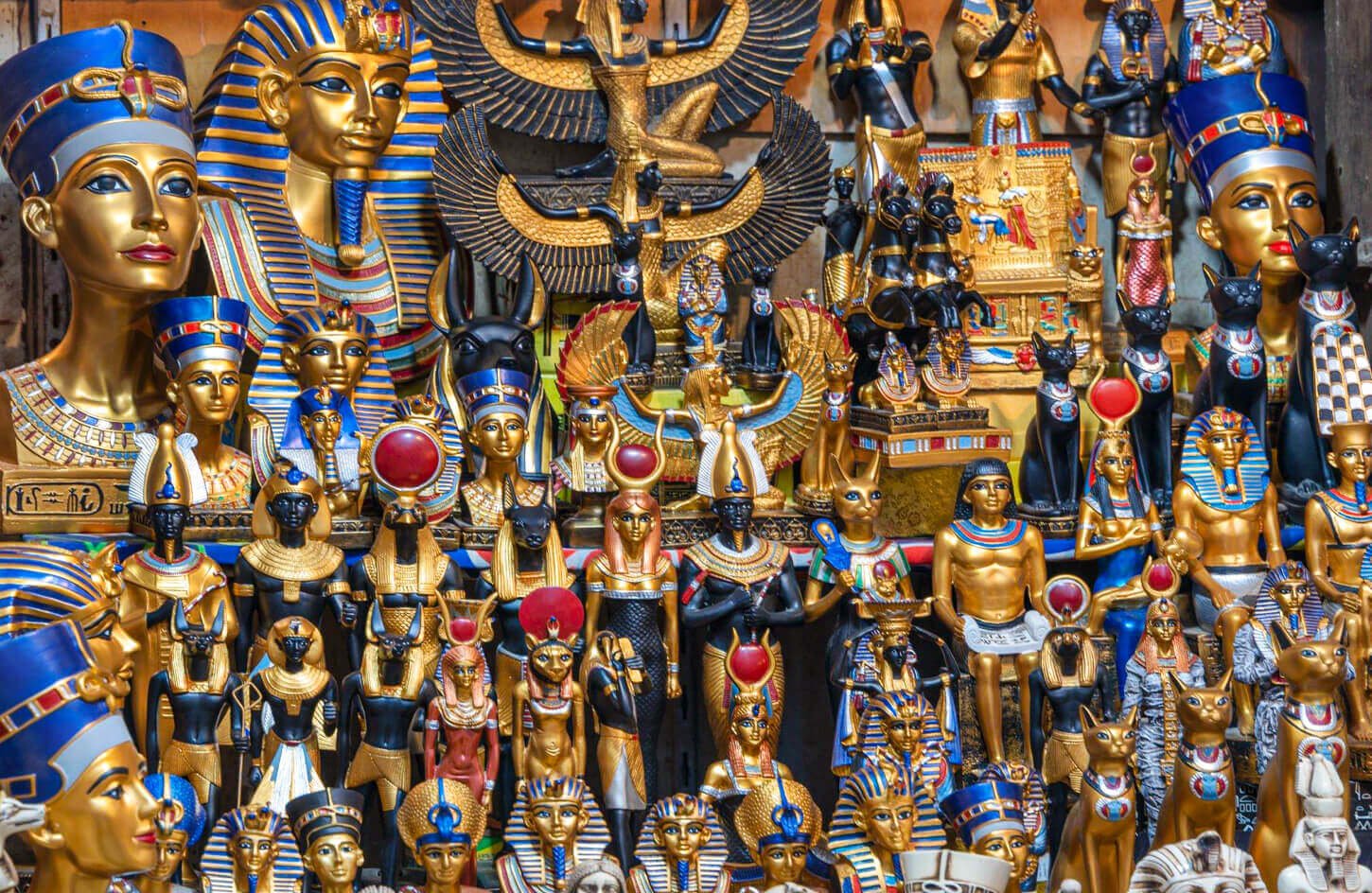
Imagine running your fingers over a sheet as soft as a cloud. That’s what Egyptian cotton feels like. I still have the set I bought years ago, and it’s still as soft as ever. Look for labels that say “100% Egyptian Cotton” and have a thread count over 400.
High-end stores in Nile City Towers sell luxury versions. But local markets like Khan El Khalili offer the same quality at half the price. The real Egyptian cotton has a cool, crisp feel.
Kilim carpets are another story. Each one tells a tale in wool and silk. Visit Al Khayameya market to see patterns inspired by ancient symbols or Bedouin routes. These aren’t just rugs—they’re family treasures.
Prices start at $50 for small runners, but intricate pieces can cost up to $300. Ask vendors about regional styles. Upper Egypt’s kilims often have bold reds, while Sinai’s have desert-inspired designs.
Want to take home traditional Egyptian crafts? Handwoven galabeyas at Wekalet El Balah make great handmade souvenirs from Egypt. The fabric’s weight and stitch density show the craftsmanship. Lighter cotton is for summer, while heavier silks are for ceremonies.
Pro tip: Haggle politely. Start at 30% below the asking price. These textiles are more than souvenirs. They connect you to 1,000 years of traditional Egyptian crafts. When you find a piece that speaks to you, invest. It’s history you can touch.
Imagine wearing a necklace like the ones pharaohs wore. That’s what Egyptian artisan products like handcrafted gold or silver jewelry offer. When I bought my Ankh pendant in Cairo’s Khan el-Khalili market, I felt a deep connection to history. Look for hallmarks like 21K gold to know it’s real.
Symbols like the Eye of Horus or scarab beetles hold ancient meanings. The Ankh, for example, was once believed to keep evil away. Silver pieces, though rarer, often show desert scenes or hieroglyphic names.
Real Egyptian artisan products have stories to tell. A cartouche pendant with your name in hieroglyphs is a unique keepsake. Pieces with detailed engravings are more authentic than machine-made ones.
The Eye of Horus is still made today, just like the 4,000-year-old necklace found on a Luxor mummy. Faience beads, with their bright colors, were highly valued even in ancient times.
Ask about the materials used: genuine turquoise or lapis lazuli are worth more. Silver scarab rings or gold heart amulets make great authentic Egyptian mementos. Remember, colors have meanings too—blue for the heavens, red for life.
When haggling, think about gold’s value, but value the craftsmanship more. A small Ankh pendant might be cheaper than a bracelet, but its history is priceless. Take home a piece that feels like a secret from the past—your own link to ancient times.
Imagine unrolling a sheet of papyrus and feeling the soft crackle of fibers. This sound echoes 4,000 years of history. Papyrus art is more than a decoration; it connects us to ancient Egyptians.
When you look for Egyptian Souvenirs, find hand-painted pieces. Each brushstroke tells a story. These pieces are a direct link to the past.
I’ve held papyrus sheets in Luxor markets, feeling their softness. Real traditional Egyptian crafts are light yet strong. They show crosshatched layers when held to sunlight.
Stay away from stiff, thin copies made from banana leaves or fake materials. Artisans still soak papyrus pith for days to deepen colors. Then, they press sheets under stones for weeks.
The Papyrus Paper Store offers A3 and A4 sizes in rich gold or deep brown. Each piece is signed by the craftsman.
Look for motifs like hieroglyphic spells from the Book of the Dead. Scenes from the Nile’s banks are also common. A vendor showed me how artists mix ochre and malachite pigments, just like in Tutankhamun’s tomb.
Pricing ranges from $20 to $400. But every purchase helps keep this UNESCO-recognized craft alive.
Hang your papyrus above a desk or frame it. It’s a reminder of Egypt’s lasting legacy. Each piece shows the patience and skill of ancient times.
Choosing papyrus is more than buying art. It’s holding a piece of the world’s oldest writing surface, still alive after millennia.
As you stroll through Cairo’s Khan El Khalili bazaar, the scent of cumin and coriander fills the air. These spices are more than just ingredients; they’re unique Egyptian gifts. They carry the desert’s heat and the wisdom of many generations.
Try dukkah, a nutty spice mix, or baharat, a versatile blend for stews. Always pick small, sealed packs to keep flavors fresh and follow customs.
Perfumes in Egypt tell a unique story. A small vial of lotus blossom oil once wrapped my wrists in a scent like the Nile’s twilight. Egyptian perfumes use pure flower essences like jasmine, oud, and rose, crafted for centuries.
Ask vendors to let you smell samples on your wrist. These oils, Egyptian treasures, last longer than modern synthetics. Their strength shows the skill of ancient craftsmen.
Pair your finds with jars of dates or boxes of basbousa for a sweet taste of Egyptian hospitality. Each spice jar and perfume bottle has a story. Will you pick a spice blend for a Nile-side feast or a perfume that whispers of temple incense? These are the unique Egyptian gifts that make great souvenirs.
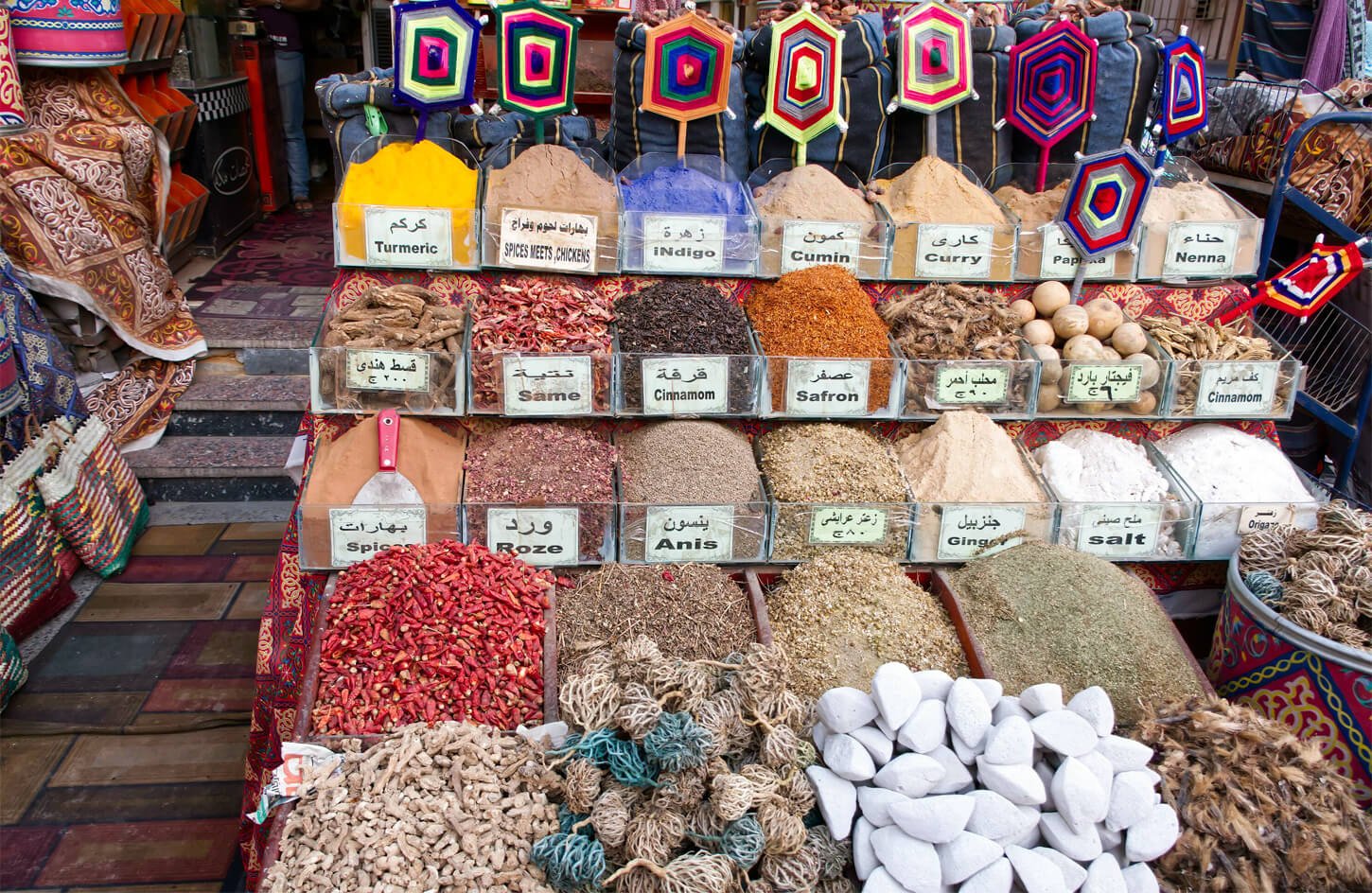
Shopping for souvenirs from Egypt is more than just buying items. It’s a journey through centuries of craftsmanship. Start in Cairo’s Khan El Khalili Bazaar, where you’ll find Egyptian artisan products like silver Ankh pendants and hand-rolled papyrus scrolls.
But there’s more to explore. I found a leather workshop in a quiet Cairo alley. There, artisans create notebooks with scarab motifs. It shows that hidden gems are waiting to be found.
Luxor’s workshops are a must-see for alabaster carving. The translucent stone glows under the shop lights. Nearby, papyrus artisans create vibrant Nile landscapes.
In Aswan, Nubian crafts are everywhere. You’ll find colorful embroidered fabrics and black clay pots. Alexandria’s old quarter is filled with antique textiles and brassware. The spice markets are a feast for the senses, with smells of cumin and saffron.
Look for certified vendors to ensure your souvenirs are authentic. Test the bend of flex papyrus and hold alabaster pieces to light. They should glow faintly. For a quieter experience, visit Luxor’s early-morning markets and Aswan’s weekday afternoons.
Every purchase supports local artisans. It turns a souvenir from Egypt into a story you’ll treasure.
Ever felt nervous haggling? In Egyptian markets, it’s not just expected—it’s part of the fun! My first trip to Khan El Khalili, I paid double for a fake papyrus scroll. Now I know better: haggling turns a transaction into a story. Start by smiling and saying “bismillah” (in the name of God)—it sets a friendly tone.
Here’s how locals do it: always begin at 50% of the quoted price. Vendors know tourists overpay, so don’t panic. If they insist on 500EGP, drop to 250EGP. Walk away if they refuse—9 times out of 10, they’ll chase you. Remember, the first price is a game. Real alabaster won’t crack when dropped? Test it! Banana-leaf papyrus? Walk away. Authentic handmade souvenirs from Egypt deserve fair prices, not inflated guesses.
Chat about craftsmanship while browsing. Ask, “How long does this take to make?” Vendors love sharing stories—it builds rapport. Carry small bills to avoid “no change” tricks. And don’t forget: buying Egyptian keepsakes isn’t just about the item—it’s a shared moment. When a Luxor shopkeeper laughed and sold me a wood box for 30% less after I joked about his cats, I learned: kindness wins deals faster than stubbornness.
Pro tip: Visit during closing hours. Vendors eager to close stalls might slash prices by 40%. And if you’re buying multiple items? Mention wanting “many gifts for friends”—vendors often offer bulk discounts. Remember, haggling isn’t a fight. It’s a dance where both sides win. Now go practice—your future self (and your wallet) will cheer!
That tiny alabaster cat on my desk? It’s more than decor—it’s a silent storyteller of my Cairo mornings and Luxor sunsets. When choosing authentic Egyptian mementos, look for pieces that mix traditional Egyptian crafts with your own story. Whether it’s a hand-painted papyrus scroll or a silver scarab necklace, these items carry centuries of craftsmanship.
Every purchase should honor both heritage and responsibility. Avoid items made from ivory or claimed antiquities—exporting real artifacts is illegal and risks legal consequences. Look for translucent alabaster that glows in sunlight or textiles with handwoven textures. These details ensure you’re backing artisans who keep ancient techniques alive.
Pack fragile pieces carefully, using bubble wrap or padded bags. Declare high-value items like gold jewelry at customs to avoid fines. And remember: the best souvenirs aren’t always the priciest. A small Eye of Horus charm or a spice blend from Aswan’s markets can spark stories for years.
Before leaving, ask sellers about their craft’s origins. Does that wood carving come from local workshops? Is the silverwork stamped with purity marks? These questions validate authenticity and deepen your connection to the culture. My favorite Cairo market tip? Carry small denominations for haggling and tip guides 10–15% for exceptional service.
Walking away with traditional Egyptian crafts means carrying Egypt’s soul home. That alabaster cat reminds me of haggling in Khan El Khalili’s labyrinthine alleys, the scent of frankincense lingering in the air. Let your souvenirs be more than trinkets—let them be bridges to Egypt’s timeless legacy.
Read more related articles:


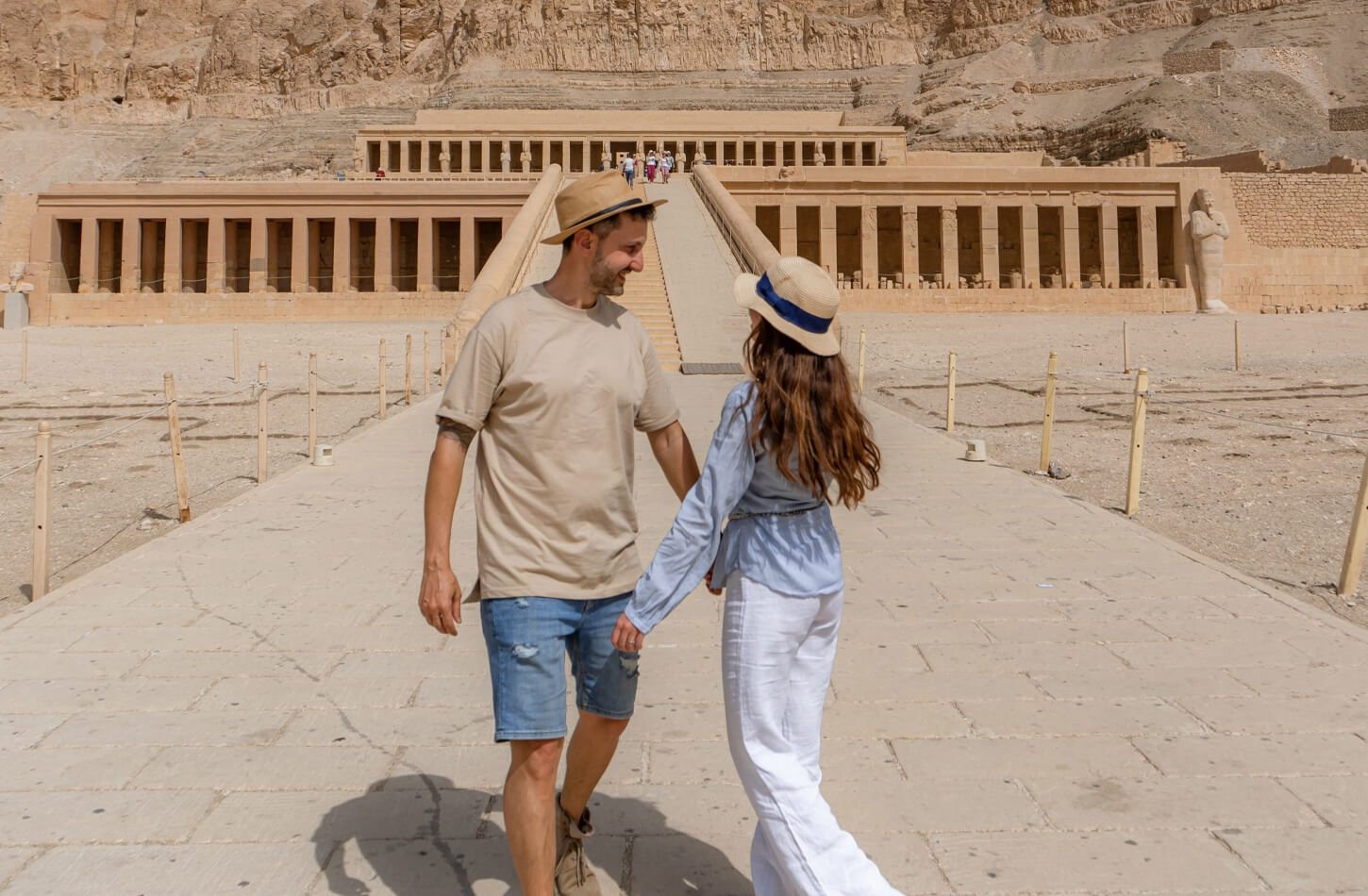
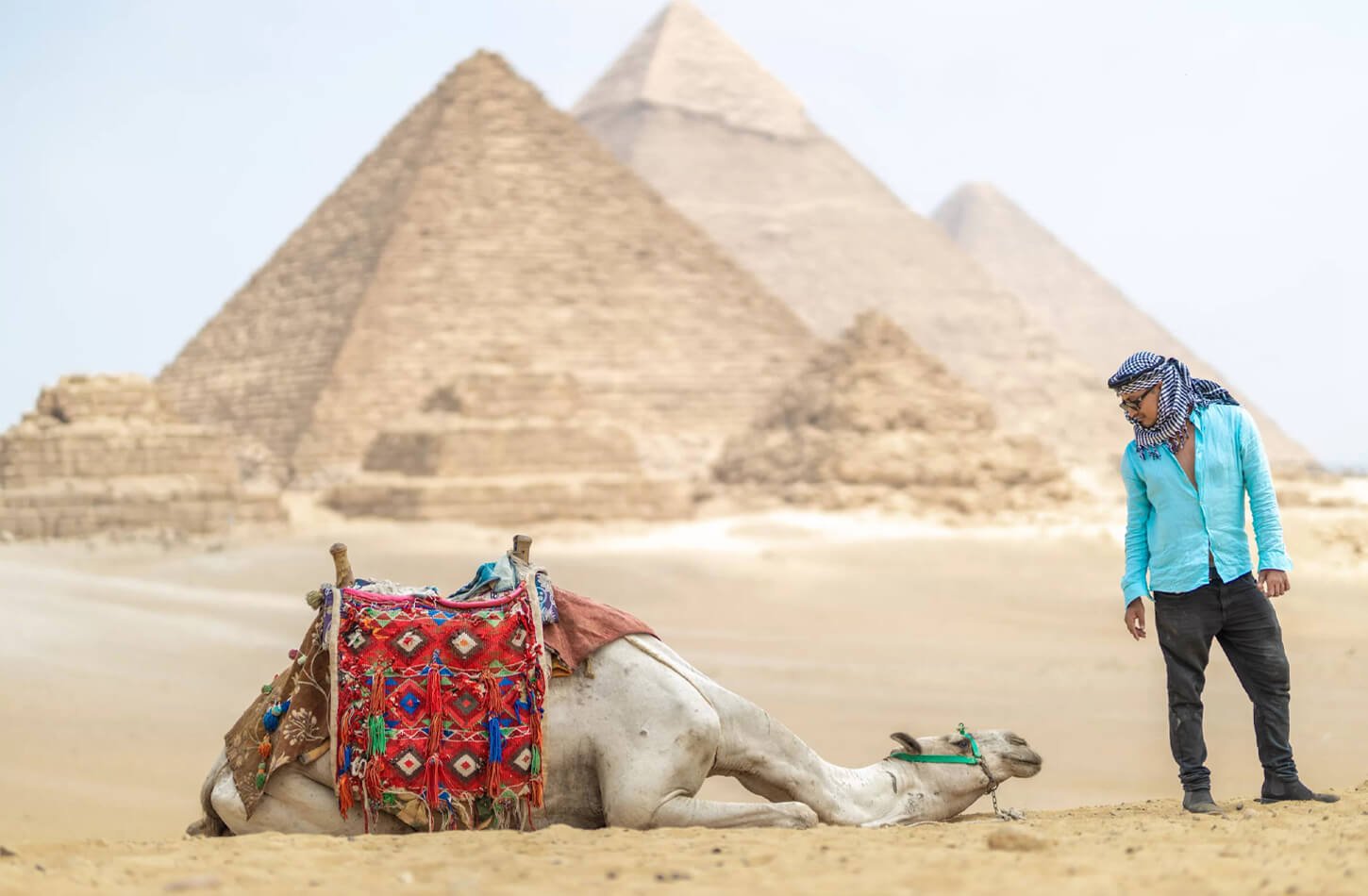

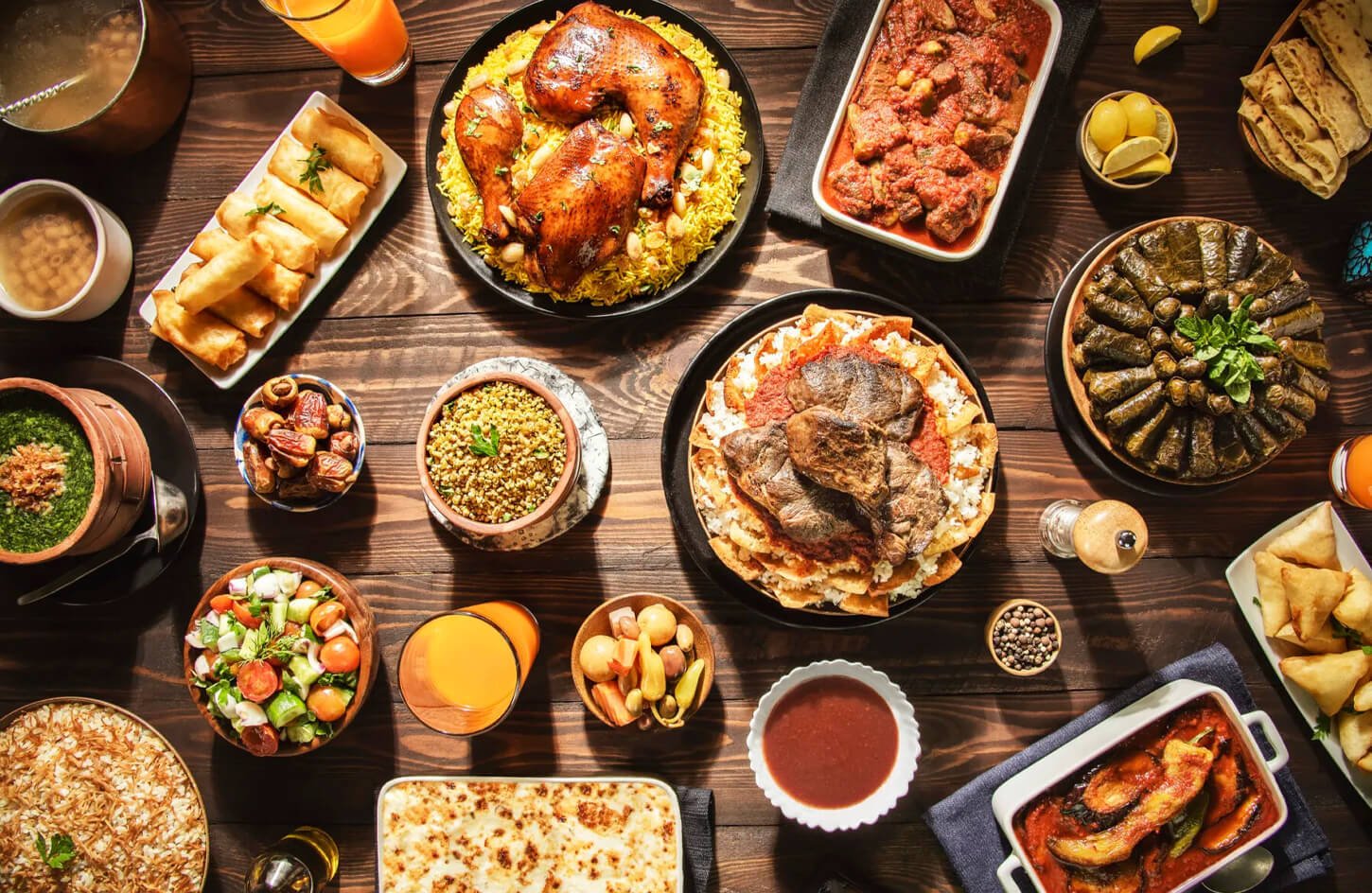

Don't just get there, get there in style.
Information
Follow Us
Payment channels
